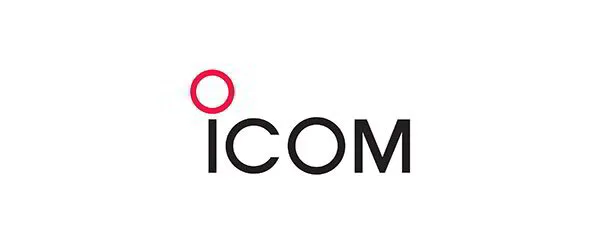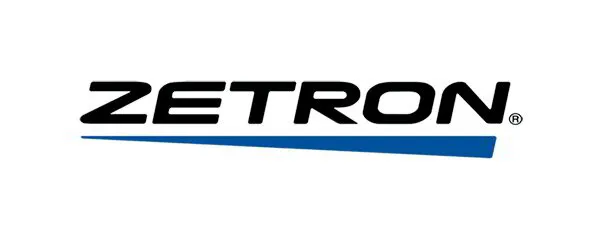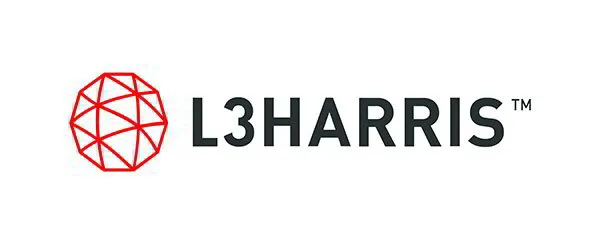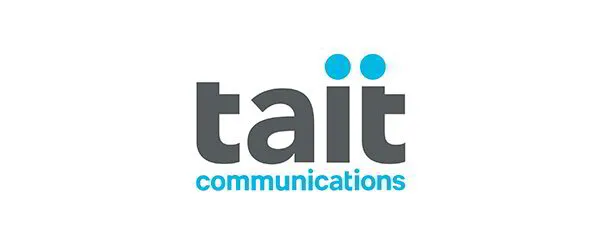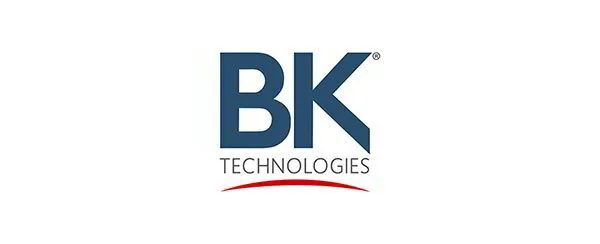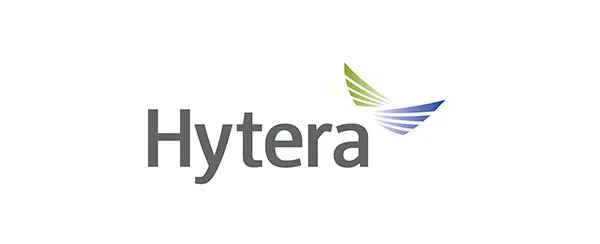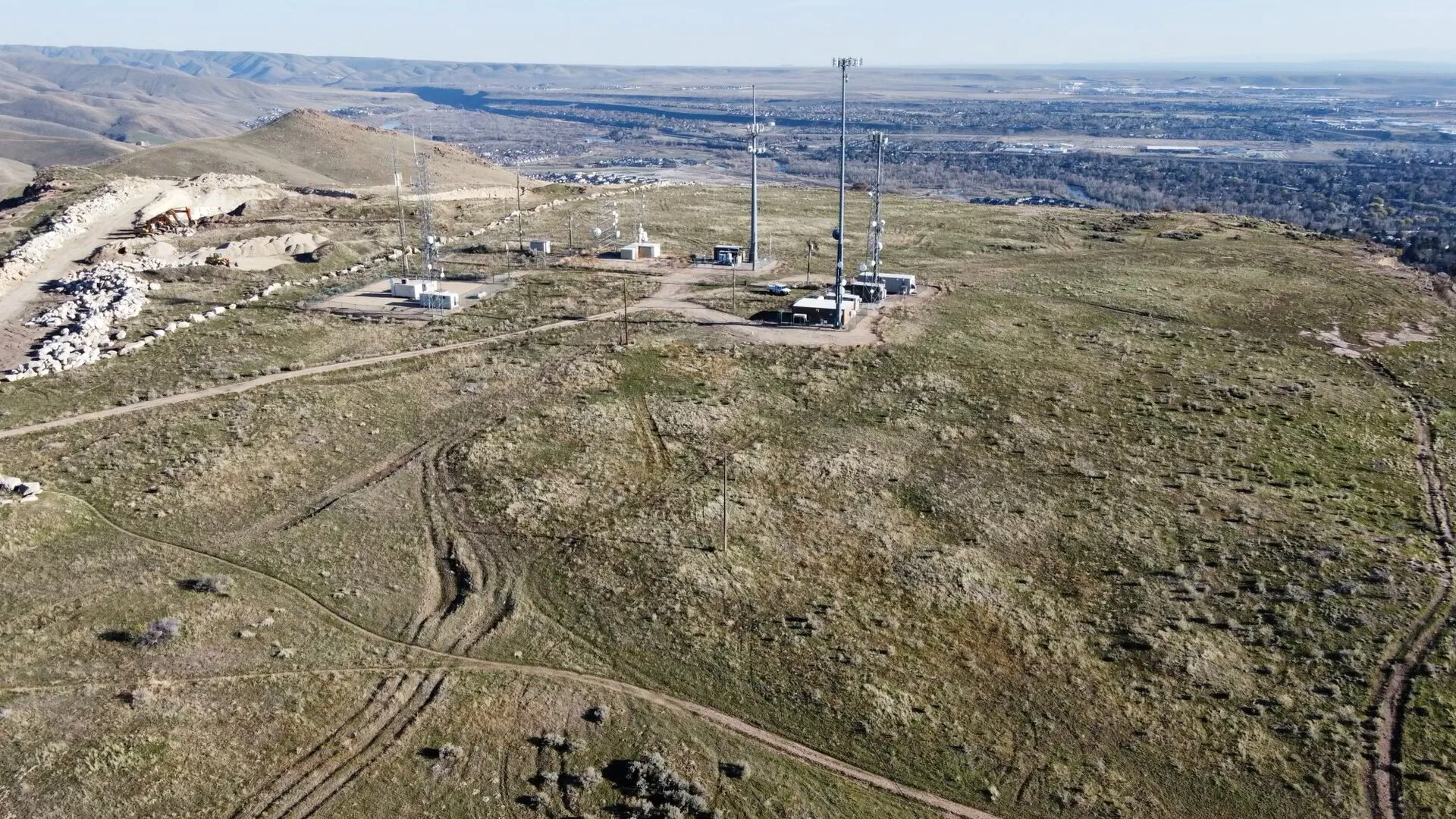
One of the Most Complete Communication Networks in the Northwest
White Cloud Communications Inc., an Idaho-based company with nearly 50 years of expertise, is headquartered in Twin Falls and operates satellite offices in Garden City, Burley, and Idaho Falls. We specialize in advanced two-way radio services, designing, developing, and delivering innovative solutions that boost productivity, enhance safety, and connect people in the toughest environments. Our mission is to provide seamless, reliable, and instant communication for businesses and communities across southern Idaho. With a focus on innovation, quality, and a customer-first mindset, we aim to be the trusted leader in wireless communication solutions.
Industries

The Value of Short Wave Radio Systems
The Importance of Short Wave Radio Systems in Industry
Key Features of Effective Short Wave Radio Systems
- Frequency Coverage: These systems often cover a broad range of frequencies, ensuring comprehensive coverage.
- SSB (Single Side Band): Essential for reducing interference and noise, improving signal clarity.
- Portability: Many systems are designed to be lightweight and easy to transport, facilitating on-the-go use.
- Durability: Built to withstand harsh conditions, these radios are crucial for industries like mining and oil & gas.
What Qualifies as a Short Wave Radio System Emergency?
- Evaluate the reliability and range of the system.
- Ensure the system includes SSB for enhanced clarity.
- Verify the portability and durability for field use.
- Regularly test and maintain the equipment for optimal performance.
Case Study: Implementing Short Wave Radio Systems in Law Enforcement
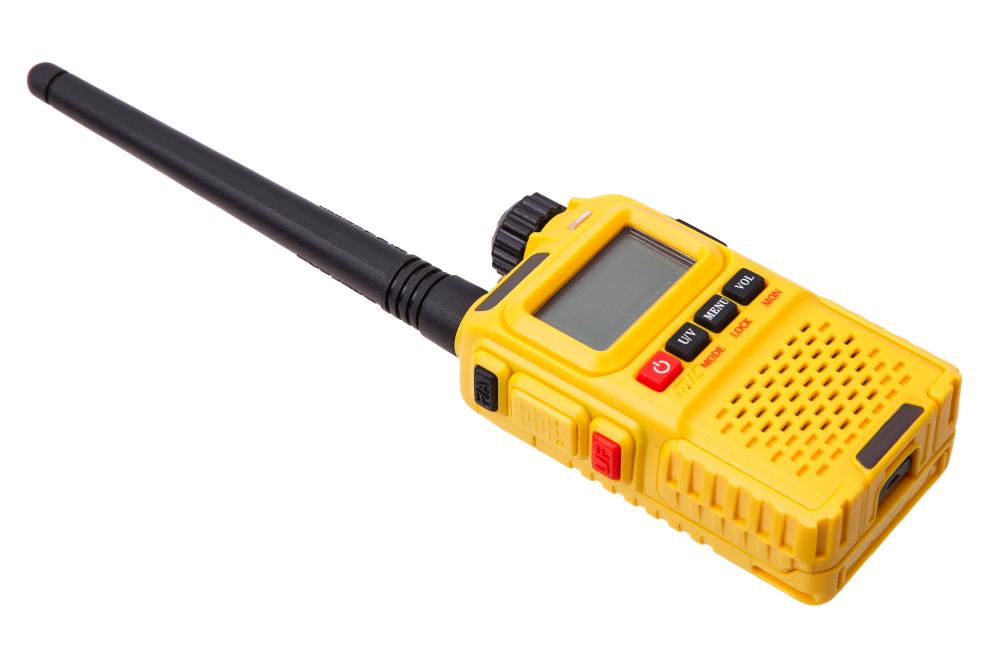
The Importance of UHF Kenwood Radios in Communication
Having worked in the wireless communication industry for over two decades, I’ve observed firsthand how UHF Radios have revolutionized connectivity. These devices operate in the ultra-high frequency range, making them ideal for penetrating urban environments and rugged terrains. Their ability to provide clear and reliable communication is invaluable across various sectors, from emergency services to industrial operations.
Our team at White Cloud Communications Inc. has seen how the adaptability of UHF Radios enhances operational efficiency. They seamlessly integrate into existing communication networks, supporting voice and data transmission in challenging conditions. The reliability of UHF Radios offers peace of mind when clear communication is needed most.
UHF Radios vs. VHF Radios: Which Is Better?
Choosing between UHF Radios and VHF radios can be daunting. While both serve vital roles in communication, they have distinct advantages. VHF radios, with their longer wavelength, are suitable for open outdoor spaces. UHF Radios, however, excel in built-up areas where signal penetration is critical.
At White Cloud, we’ve implemented UHF solutions across Idaho’s varied landscapes. In environments with metallic or concrete structures, such as hospitals or manufacturing plants, UHF Radios provide superior performance. The shorter wavelengths allow signals to navigate obstacles more effectively, ensuring reliable communication.
Benefits of UHF Radios in Emergency Services
In emergency scenarios, the swift flow of information is crucial. UHF Radios are the backbone of emergency communication systems. They deliver enhanced signal penetration, ensuring messages are received even in cluttered or indoor environments.
In my experience with fire and EMS teams, UHF Radios have dramatically improved response times. Their robust design withstands extreme situations, and the simple interface allows for quick communication. As a result, rescue operations are more efficient, saving lives when seconds count.
One memorable instance involved deploying UHF Radios during a large-scale outdoor event in Twin Falls. The radios maintained clear communication despite dense crowds and numerous signal obstructions. The event’s success was a testament to the reliability of UHF technology.
- Superior indoor penetration
- Clear communication in dense environments
- Reliable in emergency situations
How Do UHF Radios Work?
UHF Radios operate by sending and receiving radio waves in the ultra-high frequency range, typically between 300 MHz and 3 GHz. This range is optimal for short-distance communication with minimal interference.
Our team ensures that each UHF Radio is configured to meet specific operational needs. They function by translating voice into radio signals, which are transmitted over the air and then converted back into sound by the receiver. This robust technology is what makes UHF Radios a primary choice for critical communications.
- Radio waves are transmitted.
- Signals penetrate obstacles effectively.
- Receivers convert waves back into sound.
UHF Radios and the Future of Innovation
Looking toward the future, UHF Radios will continue to evolve with technological advancements. At White Cloud Communications, we are at the forefront of these changes, integrating new features to enhance functionality and connectivity. Innovations such as integrated GPS, longer battery life, and digital capabilities are becoming more prevalent.
One project we’re excited about involves collaborating with Idaho’s educational sector. By equipping schools with modern UHF Radios, we’re enhancing safety protocols and ensuring students and staff have reliable communication channels. This forward-thinking approach is just one example of how UHF technology is shaping the future of communication.
Exploring the World of Digital UHF Radios
At White Cloud Communications Inc., we’ve been at the forefront of wireless communication solutions for nearly 50 years, and our experience with Digital UHF Radios has been both extensive and enlightening. These radios serve as pivotal devices in various industries, offering unmatched connectivity and reliability. Digital UHF Radios are designed to offer superior audio quality, improved range, and enhanced privacy features. These characteristics make them indispensable tools in sectors like law enforcement, healthcare, and utilities.
Our focus at White Cloud Communications is to cater to the unique needs of our clients across southern Idaho. We’re proud to be part of a technology evolution that empowers businesses with seamless and instant communication. Having seen the evolution firsthand, we understand the critical role Digital UHF Radios play in daily operations, from emergency services to large-scale events. Over the years, our solutions have helped overcome complex communication challenges, enhancing efficiency and safety in many industries.
Why Are Digital UHF Radios Essential?
In a world driven by instant communication, the importance of Digital UHF Radios cannot be overstated. These radios operate on Ultra High Frequency, allowing them to penetrate obstacles like walls and buildings more effectively than their VHF counterparts. As a result, they are particularly favored in urban environments where barriers can impede communication. The digital nature of UHF radios further enhances their functionality by providing clearer voice transmission and reducing background noise.
Digital UHF Radios provide secure communication channels, a critical feature for industries handling sensitive information. At White Cloud Communications, we’ve implemented these radios in industries such as National Security and Fire & EMS, where reliable and unbreachable communication is paramount. The radios’ ability to support advanced features such as GPS tracking and text messaging makes them not just communication tools but comprehensive solutions for operational management.
How to Effectively Use Digital UHF Radios
Operating Digital UHF Radios efficiently involves understanding their key functionalities. As an industry professional with over 20 years of hands-on experience, I have seen the transformative impact of using these radios effectively. Here are some steps to ensure optimal usage:
- Ensure the device is fully charged before use to avoid interruptions.
- Select the proper frequency band for your specific environment, considering factors such as terrain and proximity.
- Utilize encryption features to secure communications, crucial for sectors like healthcare and education.
- Regularly update the radio’s software to maintain compatibility and enhance features.
- Train staff on operational procedures and best practices to maximize efficiency.
Following these steps can substantially enhance communication efficiency, thereby meeting the specific needs of industries relying on Digital UHF Radios for their day-to-day operations.
What Are the Benefits of Using Digital UHF Radios?
Digital UHF Radios offer numerous advantages over analog systems. Primarily, they provide superior audio quality, which ensures clear communication even in noisy environments. These radios also support data transmission, which is increasingly important for industries incorporating location tracking and telemetry applications. With Digital UHF Radios, users experience longer battery life due to efficient power consumption.
The enhanced range and capacity for more simultaneous users make them ideal for large operations such as mining and transportation. At White Cloud Communications, we’ve seen our clients benefit significantly by integrating these radios into their workflows, resulting in improved coordination and faster response times. These radios have become quintessential for sectors where split-second decisions can mean the difference between success and failure.
Common Issues With Digital UHF Radios and How to Solve Them
While Digital UHF Radios are reliable, users may occasionally face technical challenges. Over my years with White Cloud Communications, I’ve encountered and addressed several common issues:
- Poor Signal Reception: This can often be resolved by adjusting the radio’s antenna or relocating to an area with fewer obstructions.
- Audio Distortion: Typically caused by incorrect channel settings or interference. Ensure the radio is tuned to the correct frequency without overlapping adjacent channels.
- Battery Life Issues: Frequent recharging might be necessary, or investing in high-capacity batteries could be beneficial.
Troubleshooting these issues effectively requires a fundamental understanding of the radio’s operation and environment. As always, our team at White Cloud Communications is ready to assist with any technical support needed.
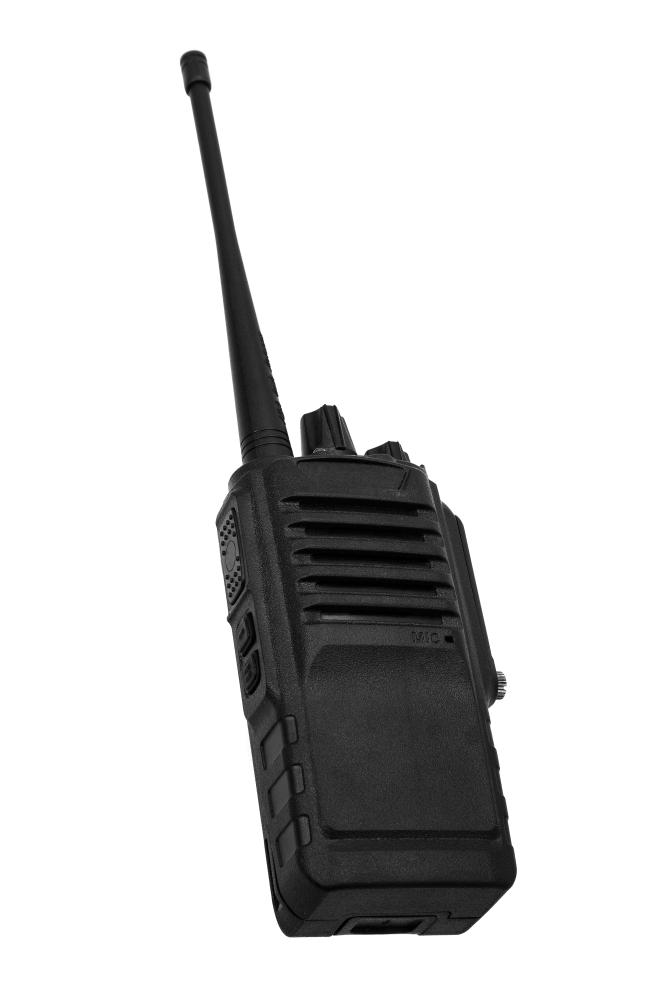
What are the value and primary applications of Short Wave Radio Systems in today’s industries?
Short Wave Radio Systems have long been a vital component in various industries, particularly where traditional communication networks are unreliable or nonexistent. My experience at White Cloud Communications Inc. has shown me that these systems are indispensable in sectors like Fire & EMS, Law Enforcement, and Transportation. They ensure robust and secure communication in remote or emergency situations, where swift and reliable connectivity can be a lifesaver. For instance, during a natural disaster, when cellular networks often fail, shortwave systems provide an uninterrupted communication channel. Their ability to function under harsh conditions makes them invaluable, offering a lifeline in emergencies. How might these systems play a role in other industries not typically associated with radio communication?
What key features make a Short Wave Radio System effective?
When selecting a Short Wave Radio System, several features are crucial for ensuring effectiveness. Comprehensive frequency coverage is essential, allowing communication across vast distances without interruption. Single Side Band (SSB) technology improves clarity by reducing interference and noise, which is particularly important in high-demand scenarios. Portability is another vital feature, as many users require the flexibility of moving the equipment as needed. Durability, of course, cannot be overlooked; these systems must endure harsh environments, from intense heat to heavy snowfall. I’ve seen firsthand how crucial these features are, especially in mining and oil & gas operations. Have you experienced a scenario where the durability of communication equipment was tested?
What defines an emergency requiring the use of a Short Wave Radio System, and how should such systems be maintained?
An emergency situation for Short Wave Radio Systems arises when standard communication networks fail, such as during natural disasters or in remote locations lacking infrastructure. During these times, having a reliable system for communication can mean the difference between swift emergency response and potentially disastrous delays. Regular maintenance is key to ensuring these systems perform when they are needed most. It includes consistent testing, ensuring SSB features are functioning for clear communications, and verifying that the systems are portable and durable enough for field conditions. Consider the importance of having dependable communication tools during a time you experienced a power outage or network failure. How did it impact your ability to stay informed or coordinate tasks?
How do UHF Radios compare with VHF Radios, and what benefits do they offer in specific environments?
The choice between UHF and VHF radios depends largely on the environment and the communication needs. UHF radios have a shorter wavelength, allowing them to penetrate buildings and urban landscapes more effectively, making them ideal for use in cities or indoor settings. On the other hand, VHF radios are better suited for open outdoor spaces due to their longer wavelength. At White Cloud Communications, we’ve utilized UHF radio solutions in environments like hospitals and factories, where the ability to maintain a clear signal around obstacles is paramount. In contrast, VHF radios serve well in more open rural areas. What environments have you found most challenging for communication devices?
Why are Digital UHF Radios increasingly essential in communication, and what advantages do they offer?
Digital UHF Radios are becoming more pivotal due to their enhanced audio quality, improved range, and robust privacy features. They are particularly beneficial in urban environments where signal penetration is necessary. Unlike analog systems, digital radios reduce background noise and support advanced features like GPS tracking and text messaging, thus offering comprehensive solutions for complex communication challenges. We’ve seen significant enhancements in operational efficiency for our clients using digital UHF radios, especially in sectors like law enforcement and healthcare, where secure communication is crucial. How could these advancements in digital communication potentially impact your industry or daily operations?
What are some common issues with Digital UHF Radios and how can they be resolved?
Despite their reliability, Digital UHF Radios can occasionally face issues such as poor signal reception, audio distortion, and battery life concerns. Poor signal reception might be alleviated by adjusting the antenna or moving to a less obstructed area. For audio distortion, ensure the radio is set to the correct channel and frequency to avoid interference. Regarding battery issues, regular charging and investing in high-capacity batteries can be beneficial. At White Cloud Communications, we prioritize customer support to troubleshoot these challenges, ensuring that the communication remains seamless. Have you encountered any technical issues with communication devices, and what strategies helped resolve them?
Resources
- Federal Emergency Management Agency (FEMA) – FEMA provides valuable resources and information on emergency preparedness and response, including communication protocols during disasters.
- National Fire Protection Association (NFPA) – The NFPA offers standards and guidelines for fire and EMS communication systems, ensuring safety and reliability in critical situations.
- National Highway Traffic Safety Administration (NHTSA) – NHTSA provides information on communication systems in transportation, emphasizing the importance of effective radio communication for road safety.
- Centers for Disease Control and Prevention (CDC) – The CDC offers insights on communication strategies for public health emergencies, highlighting the role of clear and efficient radio systems.
- Department of Homeland Security (DHS) – DHS focuses on national security and emergency communication systems, ensuring coordination and readiness for various threats.
We are certified dealers of the following brands:

